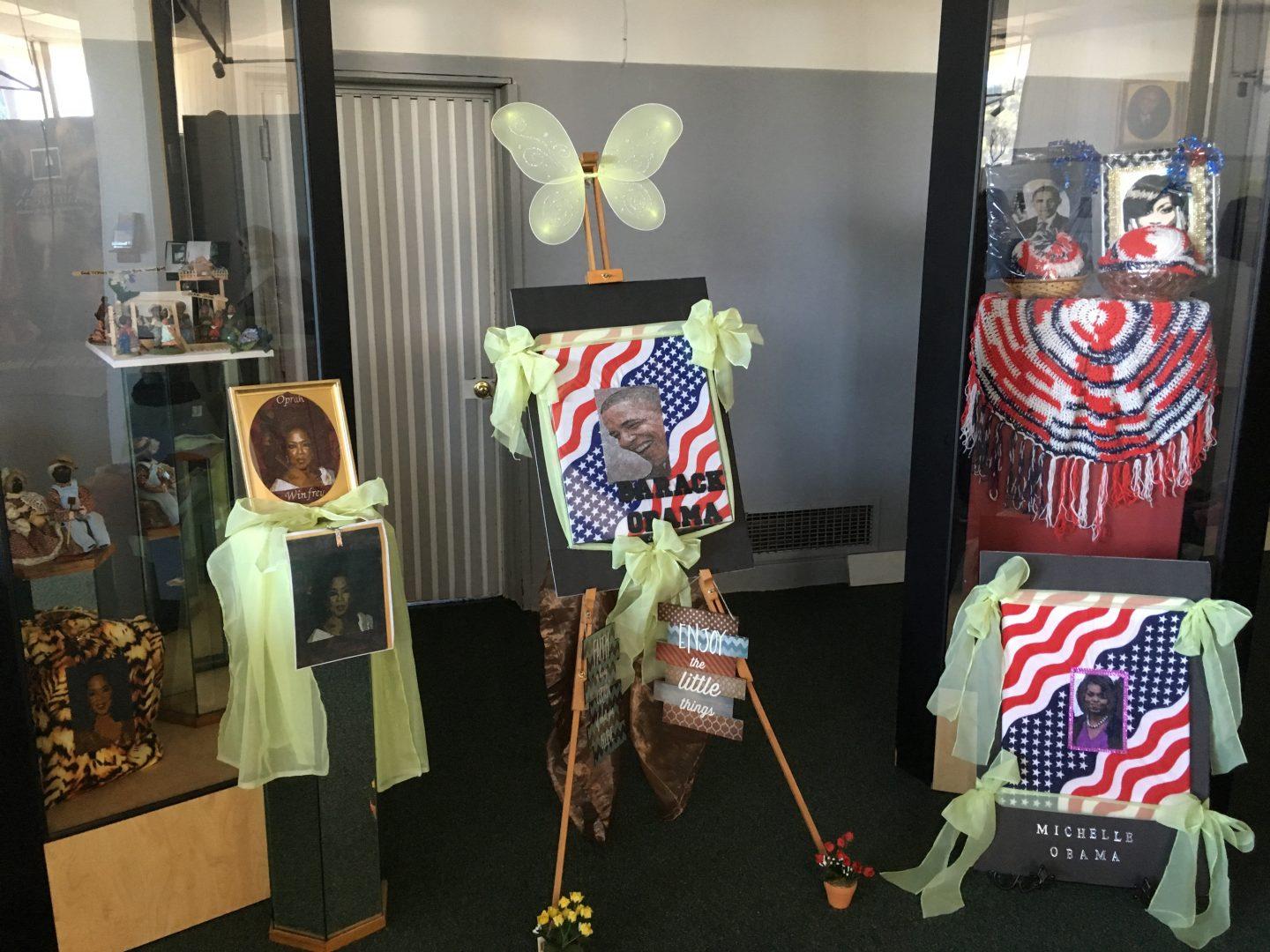Hidden amongst the hustle and bustle of Downtown Fresno is the African-American Historical and Cultural Museum of the San Joaquin Valley.
The museum, located in Fresno’s mural district at 1857 Fulton St., was started nearly 30 years ago by Jack Kelley, a Fresno State alumnus and the first black police sergeant with the Fresno Police Department.
“He was loved by everybody, so all people, black and white, helped put the museum together,” said Gregory Melancon, director of operations for the museum.
A founding board of 15 community members also helped to gather pictures and put the history together to create the museum, Melancon added. As Black History Month wraps up on Wednesday, Melancon recently spoke about what meaning the museum holds for the black community beyond Fresno.
“What makes our museum unique is that we tell the history of African-Americans in the San Joaquin Valley. All our people are local heroes,” Melancon said.
The museum recently celebrated the 10th anniversary of its Trailblazers Awards, focusing on notable members of the African-American community in the Central Valley. The Trailblazer gala takes place every February, and it is the biggest fundraiser for the museum, Melancon said.
Volunteers from the community often run the operations in the museum, and it is open for tours upon appointment. They also participate in ArtHop on the first Thursday of every month, Melancon said. The museum consists of a main art gallery and upstairs rooms with different themed historical content.
Though the gallery usually features art, it currently displays the sewing and embroidery projects of Fresno resident Donna Nolan, Melancon said. Her artwork includes digital stitchery, quilting and crocheted items.
Much of what is featured in the museum has been donated by community members, such as a stained-glass window created by Tim Williams, depicting a family migrating to the San Joaquin Valley, and an archive of Ebony magazines.
“Ebony Magazine was the first African-American magazine [nationally],” Melancon said. “That was our first and our biggest magazine where we got to see African Americans on the cover and inside, on every page.”
The stairwell leading to the second floor is adorned with photographs of influential figures in Fresno, such as Dr. Christine Johnson, who wrote the first grant received by the museum, and Chancellor Bill Stewart, who provided the first location of the museum in the administration building at Fresno City College.
The hallway upstairs also features pictures of prominent doctors, educators, musicians, law enforcement officers and local leaders from Fresno.
A room dedicated to successful African American athletes is also upstairs, along with a children’s library donated by nonprofit African-American women’s group Links, Inc.
A mural titled “From Africa to America” is painted on the walls of the children’s library. It was orchestrated by Dr. Paulette Fleming, an art and design professor at Fresno State. The mural depicts the Eye of Providence on one wall and forest animals and an ocean on another.
The ceiling of the mural is painted black and fades in the sky of the walls below, serving as a commemorative symbol.
“[The ceiling] pays homage to all the Africans that jumped over ship and decided that they’d rather die than become slaves in the [transatlantic] slave trades,” Melancon said.
He said he enjoys seeing the smiles on community members’ faces when they visit the museum and see familiar faces on the walls.
“When we look at the walls, we see people that we know, that we passed on the streets, in the stores, in the schools,” he said. “We knew them personally because they were friends of either our mothers or our fathers or our aunts and our uncles.”
Melancon said he hopes visitors leave the museum with a more positive outlook on African Americans and their contributions to Fresno. He also wants people to recognize the importance of cultural representation for African-American children.
“It give them hope that they can have good jobs and become whatever they want to be when they see someone on the wall that looks like them,” he said.
Reporters Christian Mattos and Eric Zamora contributed to this story.




